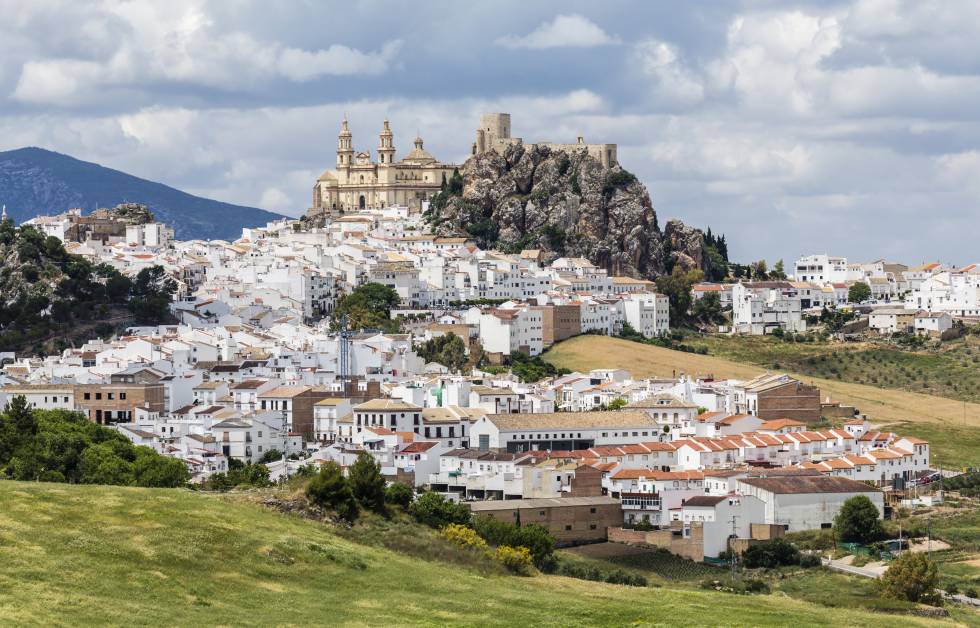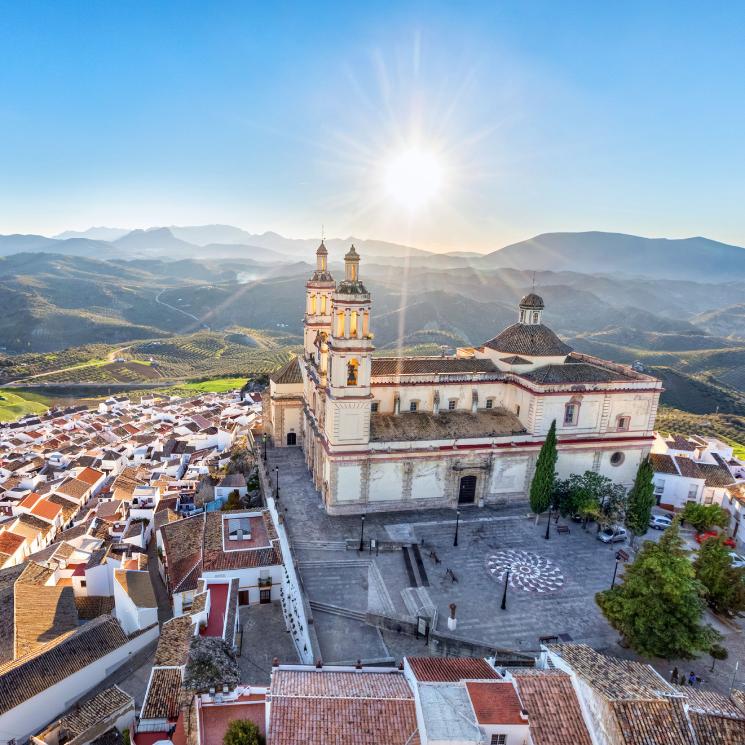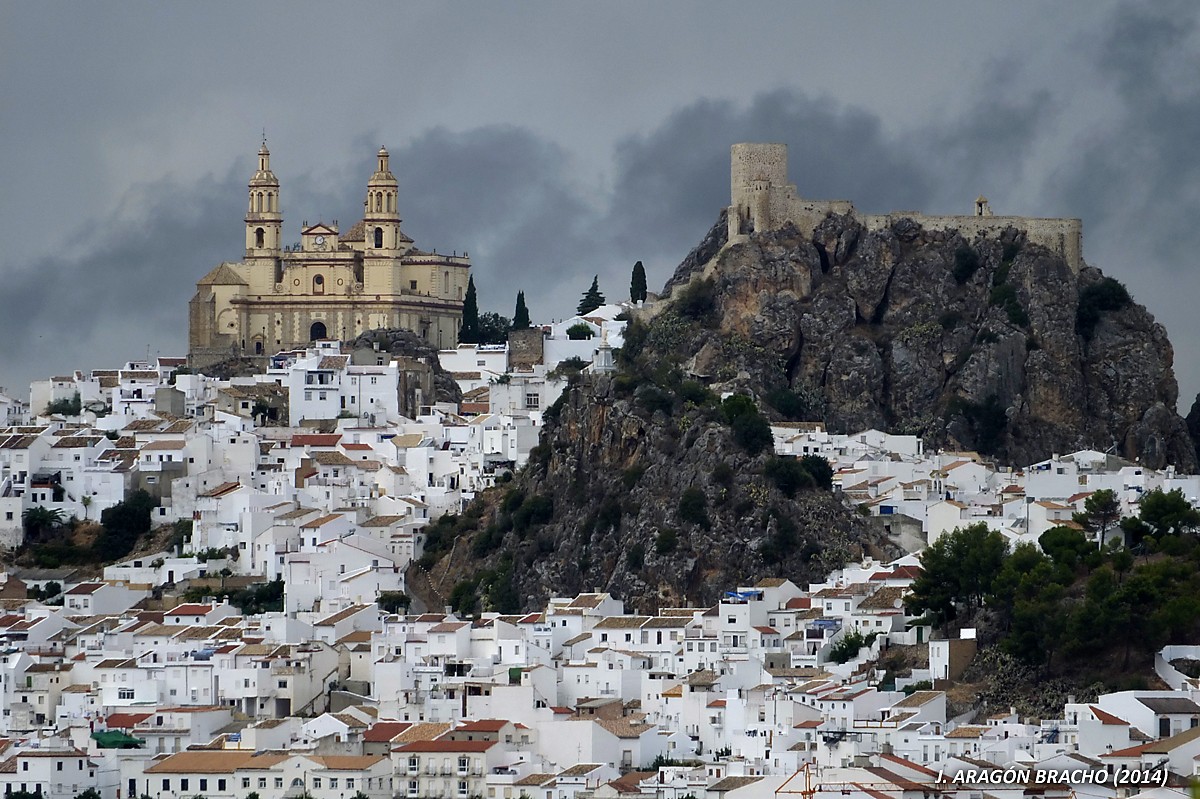
The award of Capital of Rural Tourism was an initiative driven by the online platform Escapadarural.com, now five years in and with 247 villages entering this year it has established itself as a benchmark award for those looking to enjoy rural Spain. This years winner, Olvera in the region of Cadiz is an unmistakable picture postcard of whitewashed houses and steep streets. Lying in the Sierra Norte of Cádiz, it is one of the most important towns at the crossroads where the provinces of Cádiz, Málaga and Seville meet.
The town has managed to prevail over the rest of the finalists by obtaining 21,794 votes (18%) out of a total of 120,781 participants, a figure that far exceeds that registered in previous editions and which shows how the contest has become more established each year and has been well received by rural travellers.

Of 247 participants, the digital platform specialized in rural accommodation selected the ten finalists under certain minimum requirements: having less than 10,000 inhabitants, its efforts to promote quality rural tourism and not having competed in previous editions.
Second place went to Daroca, in Zaragoza, with 18,748 votes, very close to snatching the title. They are followed by Yeste (Albacete) in third place, Taramundi (Asturias) was fourth, Cuacos de Yuste (Cáceres) and Aia (Guipúzcoa) took fifth and sixth place. Chelva (Valencia) was seventh while Sepúlveda (Segovia), Ortigueira (A Coruña) and La Baronia de Rialb (Lleida) rounded up the top ten this year

The mayor of Olvera, Francisco Párrago Rodríguez, was over the moon with the award and the opportunity it represents: "As Mayor, I want to show the satisfaction we feel for this distinction. First of all, to thank the support received by so many anonymous people who have voted for our candidacy, as well as all the institutions that have supported us and, of course, EscapadaRural.com for letting us appear in their valuable award programme and being able to show visitors everything that the town of Olvera can offer ".
The Capital of Rural Tourism awards were born with the double objective of giving visibility to the municipalities that are committed to rural tourism by creating a network of contacts to share experiences and concerns and turn the winner into a reference for rural tourism.
In last year's edition, Potes, in Cantabria, won the award with 24,499 votes. Another Cantabrian town, Santillana del Mar, was the winner of the contest in the 2019 edition with 9,720 votes. In 2018 the winner was Aínsa-Sobrarbe, in Huesca, and in the first edition of the award went to Sigüenza (Guadalajara).